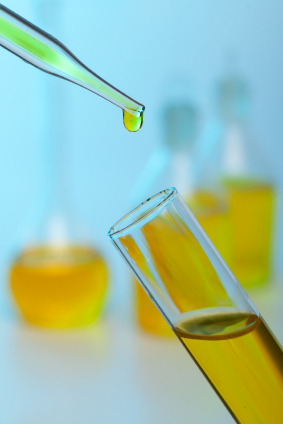Aviation Gasoline

Aviation Gasoline Analysis
Aviation gasoline is used primarily for spark-plug ignition for light general aviation (GA) aircrafts with piston engines. Private 4 seater propeller airplanes and smaller helicopters are examples of aircraft’s that use spark-plug ignition piston engines. These engines are high compression aviation engines and all aircraft’s were powered by them prior to the development of the jet engine. These high compression engines require a higher octane rated fuel, comparable to motor gasoline. Aviation gas (avgas) is produced similarly to motor gasoline, except with lead as an additive in order to minimize costs. Alcohols like ethanol cannot be used as an octane enhancer in avgas because it raises the gasolines volatility. Increased volatility can cause vapor lock and phase separation of gasoline and alcohol occur at low temperatures. When an aircraft climbs in altitude and experiences a temperature drop, this phase separation can significantly affect the way the engine performs, which can lead to decreased power and/or reduced flight range. Aviation gasoline analysis is extremely important due to the fact that an inefficient product of poor quality can ultimately put human lives in danger. Some of the more common aviation gasoline analysis performed include distillation, vapor pressure, sulfur content, and water/sediment content.
Aviation gasoline is produced on a much smaller scale than motor gasoline, but is typically more expensive. The price difference is due to several factors. The first factor is that avgas is produced by a very small number of refineries in batches. These batches are stored for distribution and the storage costs add up. The second factor is that tetra ethyl lead (TEL) that is added as an octane enhancer is only produced by a single manufacturer so unlike motor gasoline (lead free), it cannot be moved inexpensively through pipeline systems.
